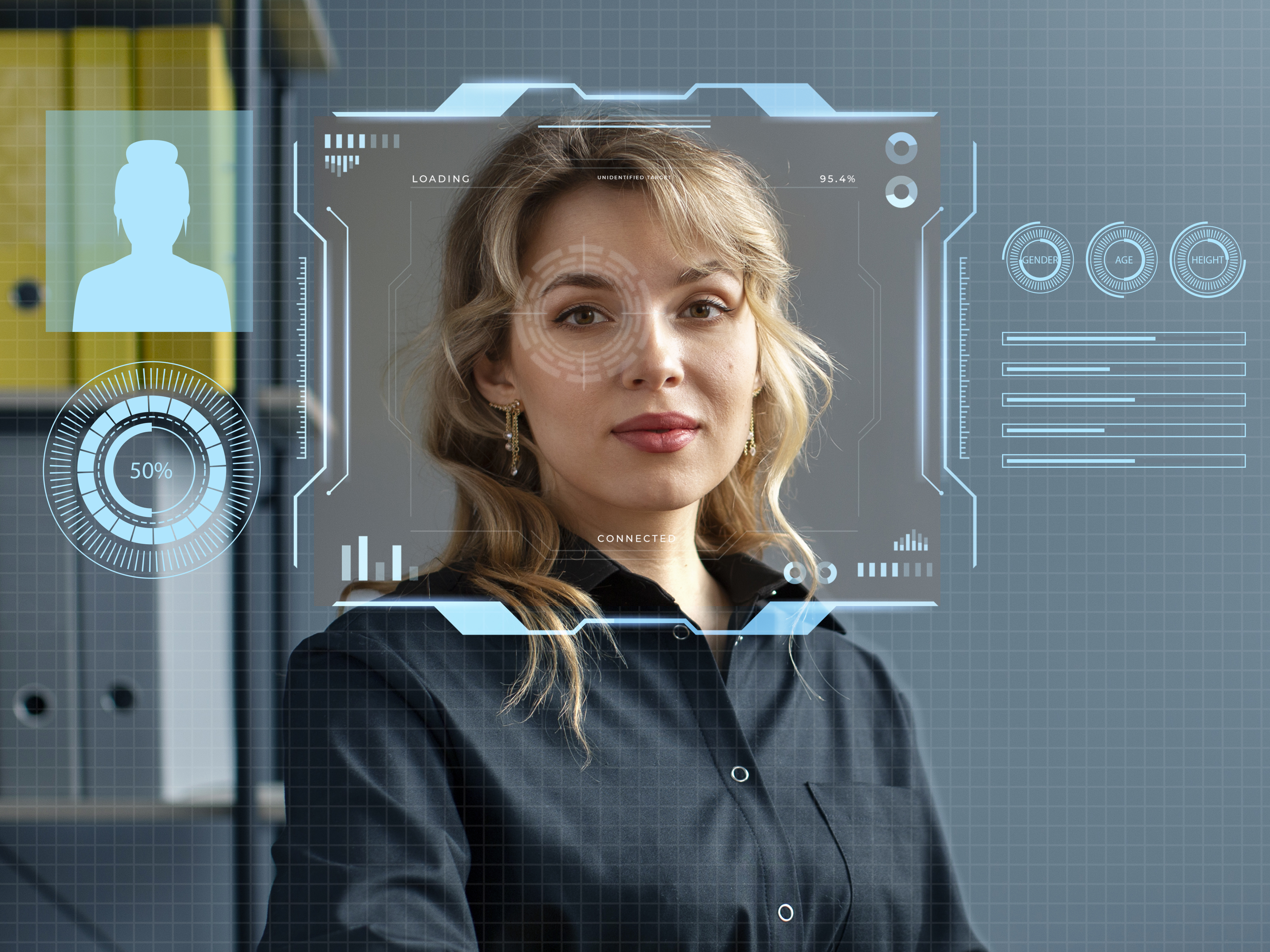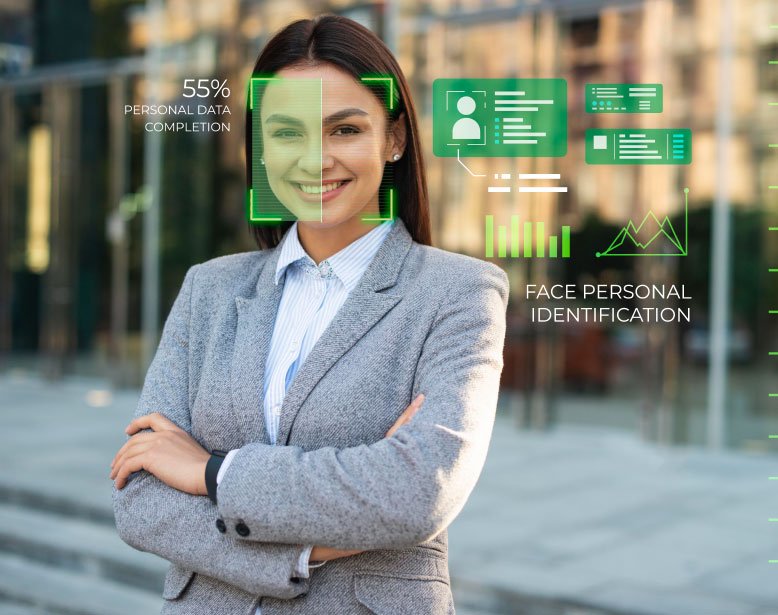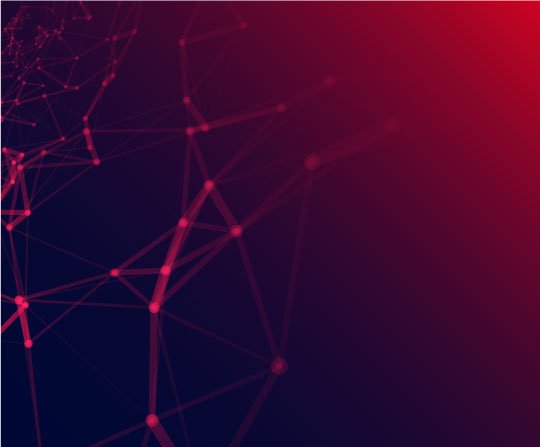July 31, 2024

Software Development Outsourcing
What is Computer Vision Used For? A Deep Dive

This question has become increasingly relevant as technology advances. At its core, computer vision is a field of artificial intelligence that empowers machines to interpret and understand the visual world. By processing images and videos, computers can not only identify objects but also recognize complex patterns, ultimately making decisions that once demanded human expertise.
The Power of Sight: How Computer Vision Works
Before diving into its applications, it’s crucial to understand computer vision’s fundamentals. Imagine teaching a computer to “see.” The process involves several key steps:
Capture images or videos from cameras, drones, or satellites.
Clean up and enhance image data, removing noise and standardizing it for analysis.
Extract key features or patterns like edges, corners, and textures from the image.
Identify and classify specific objects within an image.
Divide an image into distinct sections or objects.
Derive meaningful information like content, context, or relationships between image elements.
What is Computer Vision Used For in Everyday Life?
Computer vision has moved beyond research labs and into our daily lives. Let’s explore some common examples:
Enhance photo quality and add smart features to smartphone cameras, from portrait mode to scene recognition.
Power image search, facial recognition, and content moderation on platforms like Instagram and Facebook.
Create augmented reality experiences by overlaying digital information onto the real world. Think virtual try-ons, gaming, and navigation apps.
Serve as the eyes of self-driving cars, enabling them to understand surroundings, spot obstacles, and make real-time driving decisions.
What is Computer Vision Used For in Industries?
The potential extends far beyond consumer applications. Industries across the board are harnessing its power to drive innovation and efficiency:
Healthcare: Medical image analysis, disease diagnosis, surgical assistance, and drug discovery are revolutionized.
Retail: Inventory management, product recommendations, and customer behavior analysis are enhanced through image recognition and analysis.
Manufacturing: Quality control, defect detection, and predictive maintenance are streamlined with computer vision systems.
Agriculture: Crop monitoring, yield prediction, and precision agriculture benefit from image-based analysis.
Security: Surveillance systems, facial recognition, and object tracking are powered by computer algorithms.
What is Computer Vision Used For: Specific Use Cases
To illustrate the versatility, let’s explore some specific use cases:
Retail
Imagine a store that automatically tracks inventory levels by analyzing images of shelves. Or a system that recognizes customers and offers personalized recommendations based on their past purchases.
Healthcare
Consider a tool that can accurately detect tumors in medical images, aiding in early diagnosis. Or a system that analyzes patient behavior to identify potential falls in hospitals.
Agriculture
Picture drones equipped with cameras that monitor crop health, detect pests, and optimize irrigation. Or image analysis to assess fruit ripeness for timely harvesting.
Autonomous Vehicles
Envision cars that can navigate complex traffic situations, identify pedestrians and cyclists, and avoid accidents through real-time image processing.
The Future of Computer Vision: What to Expect
The field of computer vision is rapidly evolving. Advancements in deep learning, increased computational power, and the proliferation of data are fueling innovation. We can expect to see even more sophisticated applications emerge in the coming years.
Some potential future developments include:
Real-time object tracking: Precisely following objects in complex environments with high accuracy.
Human-computer interaction: Natural and intuitive interfaces based on gestures, facial expressions, and eye movements.
Medical image analysis: Early detection of diseases and improved treatment planning through advanced image analysis techniques.
Robotics: Enhanced vision capabilities for robots to perform tasks in unstructured environments.
Conclusion: Unlocking the Power of Sight
It’s used to empower machines with the ability to see, understand, and interact with the world around them. From our smartphones to critical industries, computer vision is transforming how we live and work.
To harness the full potential of this technology, businesses and organizations must invest in data, talent, and infrastructure. By embracing computer vision, you can gain a competitive edge, improve efficiency, and create innovative solutions that address real-world challenges.
The future of computer vision is bright, and its impact on our lives is only going to grow. So, let’s continue to explore the possibilities and push the boundaries of what machines can see and do.
The Impact of Computer Vision: Numbers Tell the Story
The staggering growth of computer vision technology increasingly answers the question of its applications. The global computer vision market is on track to reach a substantial value by [Insert year]. Fueling this exponential growth are advancements in hardware, algorithms, and abundant data availability.
For instance, the automotive industry vividly demonstrates computer vision’s impact. The need for vehicles to accurately perceive surroundings and make lightning-fast decisions drives this surge.
Real-World Applications: Beyond the Hype
Computer vision’s potential is immense, but understanding its practical uses is crucial. Let’s explore specific industries.
Agriculture: Yield Optimization Through Sight
Precision farming benefits significantly from computer vision. By analyzing aerial images, farmers pinpoint crop health, detect diseases, and optimize resource allocation. Computer vision systems even count individual plants, predict crop yield, and monitor livestock.
Healthcare: Saving Lives with Images
Revolutionizes medical image analysis. Radiologists leverage AI-powered tools to detect abnormalities in X-rays, MRIs, and CT scans with greater accuracy and speed.
Furthermore, computer vision aids surgical planning and guidance. Systems construct 3D models of patient anatomy from medical images, assisting surgeons in preoperative planning and intraoperative navigation.
Manufacturing: Quality Control and Efficiency
Ensuring product quality is paramount in manufacturing. Systems rapidly inspect products for defects, reducing human error and boosting efficiency.
The automotive industry employs computer vision to inspect car bodies for paint, assembly, and component imperfections. This guarantees only flawless vehicles leave the factory.
Retail: Enhancing the Customer Experience
Creating a seamless shopping experience is essential in retail. Computer vision powers features like virtual try-ons, letting customers visualize products without physical try-ons.
Retailers also use it for inventory management, shelf monitoring, and understanding customer behavior. By grasping customer preferences and shopping patterns, retailers optimize product placement and personalize offers.
Challenges and Opportunities
While computer vision strides forward, challenges persist. Issues like data privacy, algorithm bias, and massive data needs require careful attention.
However, these challenges also create opportunities for innovation. Developing robust data privacy frameworks, addressing bias through diverse datasets, and exploring efficient data labeling techniques are key areas for researchers and developers.
Conclusion: A Vision for the Future
Computer vision’s applications are vast and constantly evolving across agriculture, healthcare, manufacturing, retail, and beyond.
As technology progresses, we anticipate even more groundbreaking innovations. By understanding computer vision fundamentals and staying updated on trends, businesses and individuals can harness its power to drive growth, improve efficiency, and shape a better future.
Ready to take the next step? Book a meeting now with our team and explore how we can become your ideal strategic partner to fill gaps in your team. Together, let’s turn your vision into a reality.
Learn more about Nearshore Staff augmentation Latin America in 2024 here









